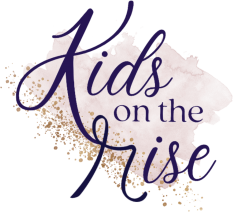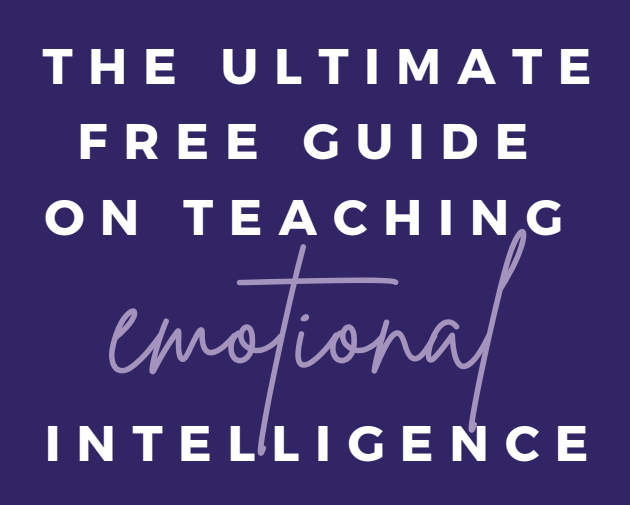How many of us get frustrated or angry when our children throw temper tantrums (not to mention temper tantrums when you are out in public)? How many of us as adults and parents EMOTIONALLY react to our childrens’ big emotions? Most of you will be reading this and shaking your head up and down or at least agreeing with me!
Lets face it, dealing with challenging behaviours, and children’s big emotions is frustrating and can be hard to manage! We could feel defeated or like we’ve tried EVERYTHING but nothing seems to work! I’ve become really passionate about teaching parents and teachers about managing challenging behaviours that I decided to start blogging about ways to teach and educate parents and children about emotions..
Too many times we get caught up in HOW our child is expressing the emotion that we may not fully be able to see what the underlying issue could be as to WHY our child is “behaving” or acting a certain way. This is especially true if our own emotions have gotten in the way and we are now reacting based on their emotion. Reread that last sentence for more clarity around what I just said. Or keep reading and find more clarity.
When our child is in a state of temper tantrum, anger, frustration, etc., it is important to know what has happened to the brain in that moment. Children’s state of mind has gone into fight mode. In this mode it is important to know that this is NOT a teaching moment because children are unable to internalize any information. What we could do in this moment is to check in with ourselves and see how are we reacting to their emotions, what are we feeling in that moment, then to allow our children to EXPERIENCE that emotion.
I’ll give you an example. One night at the dinner table, my 4.5 year old niece fell off of her chair (she was being silly, natural consequence, the chair wasn’t high off the ground and there was no blood from her falling) and I started to laugh. She took off from the table, ran into my room, and was screaming, yelling and kicking my wall. I came into the room, did not say anything to her, and ALLOWED her to experience what she needed to. On the outside, it appeared that she was angry based on how to expressed the emotion (kicking and screaming). When she was finished, we sat down and talked about the situation. In that conversation, we discovered that she was embarrassed by me laughing at her falling from the chair.
My point is, that the illusion and what we SEE may not always be the exact emotion that our children may be experiencing. After my niece was finished with her moment, that became a TEACHABLE moment to then discuss what happened. Not only was she present and was no longer in fight mode, she also learned a new word and emotion!
In the moments when our children are experiencing a big emotion, can we shift how we may be perceiving them in that moment and hold space for them to go through and EXPERIENCE the emotion. Be present while they go through the feeling and watch how quickly their state will change!
Stay tuned in upcoming blogs about ways to teach our children how to deal with their emotions and how to teach our children about emotions!
Love and light,
Nicole



